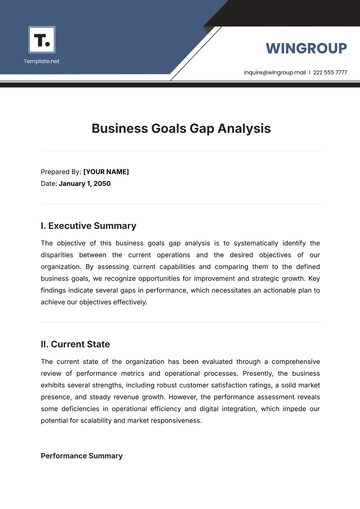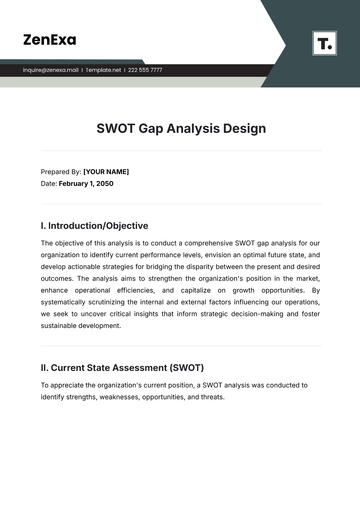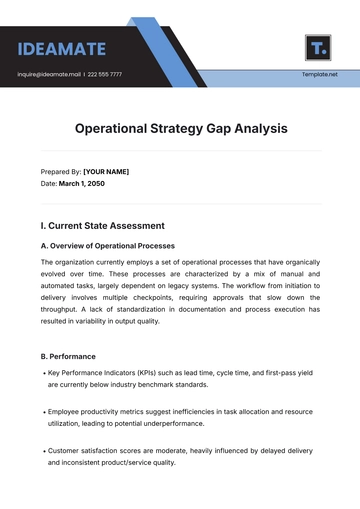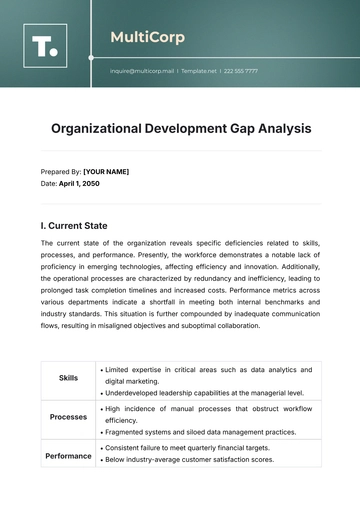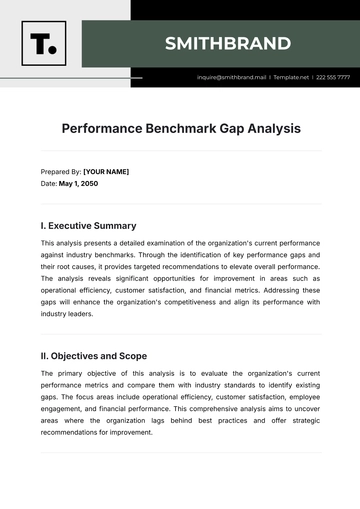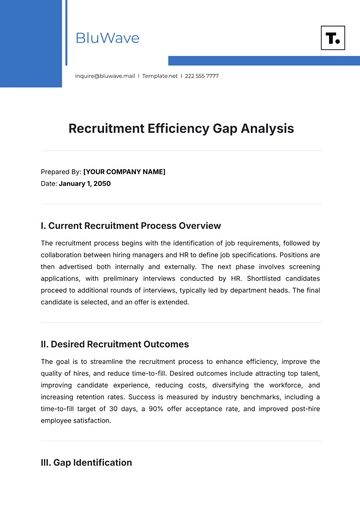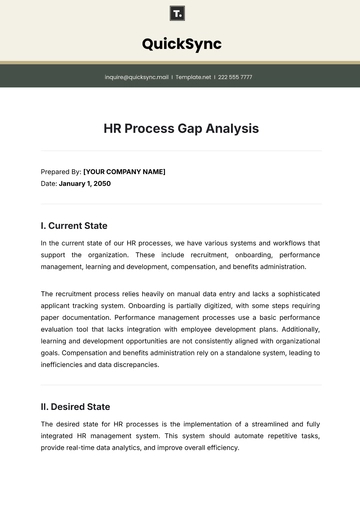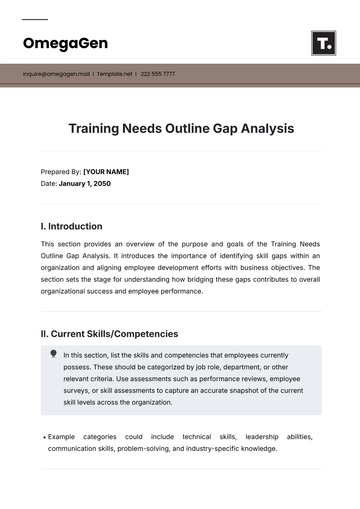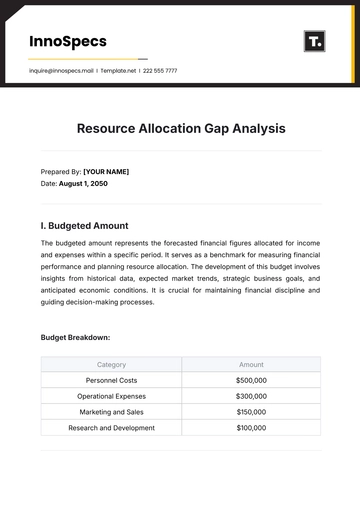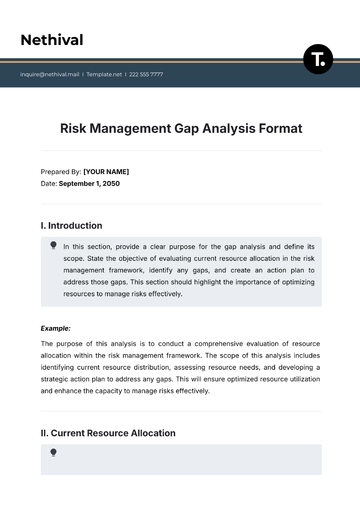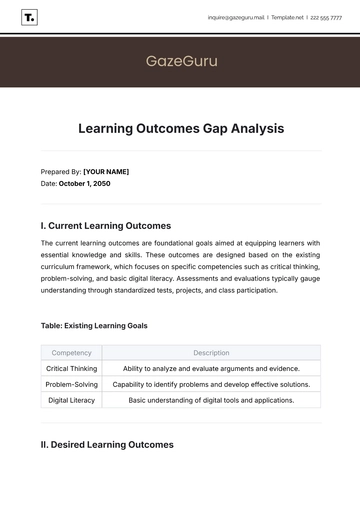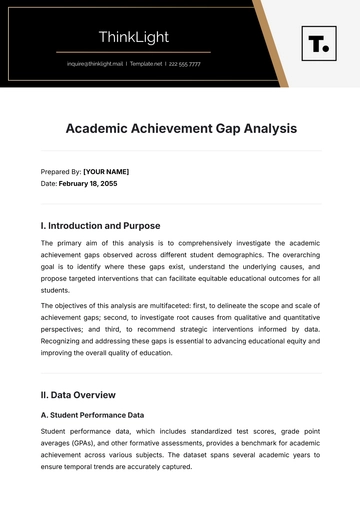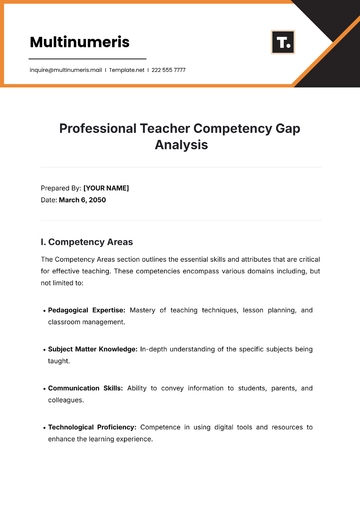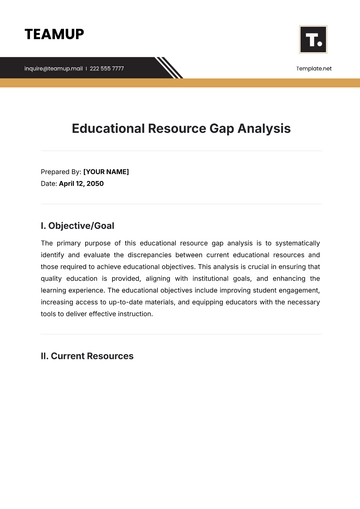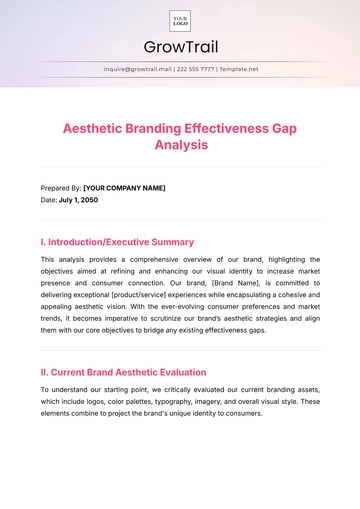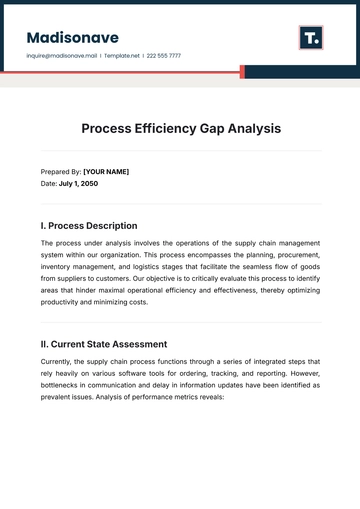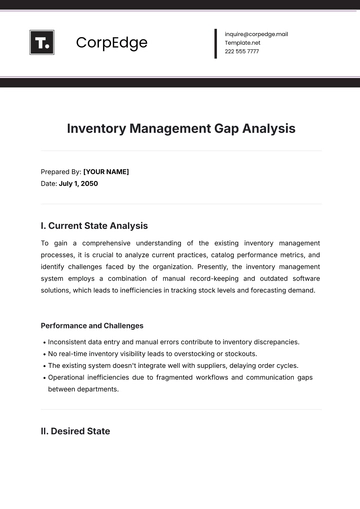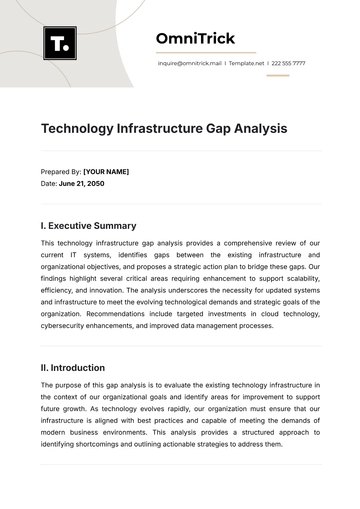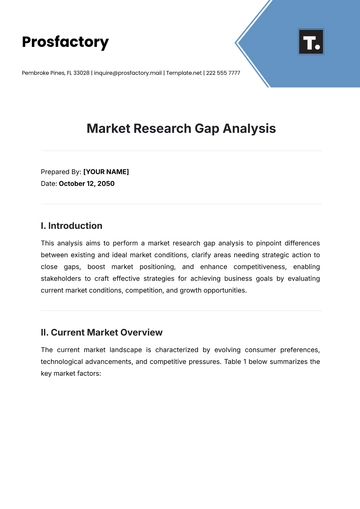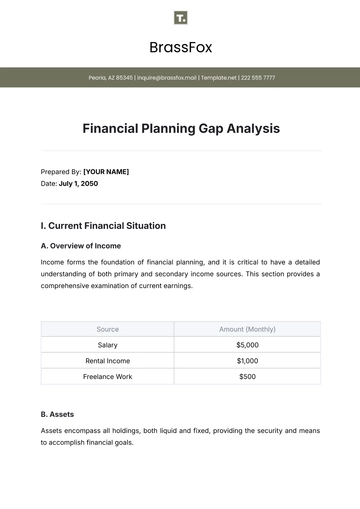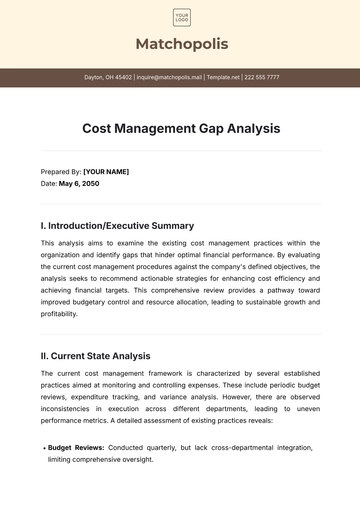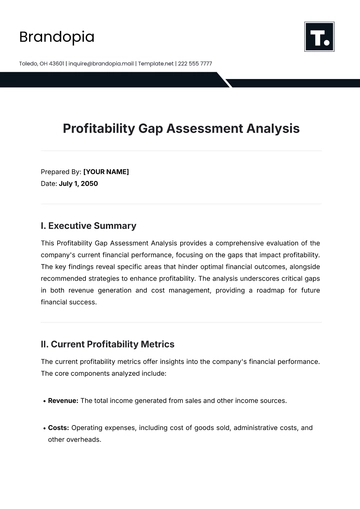Literary Analysis Paragraph
Prepared By: [Your Name]
I. Introduction
John Steinbeck's seminal novel, The Grapes of Wrath, offers a profound exploration of the human condition during one of America's most tumultuous periods—the Great Depression. This analysis examines the major themes, character development, and narrative techniques Steinbeck masterfully employs to craft this enduring piece of literature, which continues to resonate with readers due to its timeless portrayal of resilience and social justice.
II. Themes
1. Socioeconomic Inequality
Socioeconomic inequality stands as a central theme in The Grapes of Wrath. Steinbeck vividly portrays the stark divide between the wealthy and the destitute, exemplified by the Joad family's harrowing journey from Oklahoma to California.
Dispossession: The novel poignantly depicts the loss of land and livelihood, as tenant farmers are forcibly removed from their homes, symbolizing the widespread displacement experienced during the Great Depression.
Migrant Struggles: The Joads' westward migration is emblematic of the broader struggles faced by thousands of migrants, who, despite their hopes for a better future, encounter systemic exploitation and hostility.
2. Family and Unity
The theme of family extends beyond traditional bonds in The Grapes of Wrath. Steinbeck explores the importance of unity and mutual support as the Joads, along with other migrant families, navigate overwhelming adversity.
Nuclear Family: The novel underscores the Joads' tight-knit family dynamic, which serves as a source of strength and stability throughout their arduous journey.
Extended Family: Steinbeck broadens the concept of family by illustrating the formation of new social bonds among migrants, suggesting that community and solidarity are essential for survival.
3. Human Perseverance
Steinbeck skillfully conveys the theme of human perseverance against both natural and societal challenges. The characters' enduring spirit reflects the resilience inherent in the human condition.
Environmental Challenges: The novel opens with the Dust Bowl catastrophe, which symbolizes the characters' relentless battle against the forces of nature.
Social Exploitation: The exploitation of migrants highlights the characters' unyielding pursuit of dignity and justice, despite the oppressive social conditions they face.
III. Character Development
Steinbeck intricately develops his characters, using their arcs to reinforce the novel's themes and anchor the story in emotional reality.
Tom Joad: Tom's transformation from a paroled convict to a champion of social justice reflects the potential for individual growth and leadership in the face of oppression.
Ma Joad: As the steadfast matriarch, Ma Joad embodies the strength and endurance of familial bonds, ensuring her family's survival through sheer willpower and determination.
Jim Casy: The evolution of Jim Casy, from a disillusioned preacher to a committed social activist, represents the novel's philosophical exploration of ethical responsibility and collective action.
IV. Narrative Techniques
1. Intercalary Chapters
Steinbeck employs intercalary chapters to provide a broader social and historical context, elevating the Joads' personal story to a universal narrative of suffering and resistance. These chapters function as a narrative bridge, linking the individual experiences of the Joad family with the collective struggles of the migrant community.
2. Symbolism
Symbolism permeates The Grapes of Wrath, imbuing the text with deeper layers of meaning.
The Turtle: The turtle's slow but determined progress across the road mirrors the migrants' perseverance on their journey toward an uncertain future.
Highway 66: Route 66 symbolizes both the hope of reaching a better life and the harsh realities of the migrant trail, encapsulating the duality of the American Dream.
V. Conclusion
The Grapes of Wrath remains a powerful literary work that captures the essence of human struggle and resilience. Steinbeck's masterful integration of rich themes, dynamic characters, and innovative narrative techniques ensures that the novel will continue to resonate with readers and scholars alike, standing as a testament to the enduring power of literature to reflect and critique society.
Analysis Templates @ Template.net



